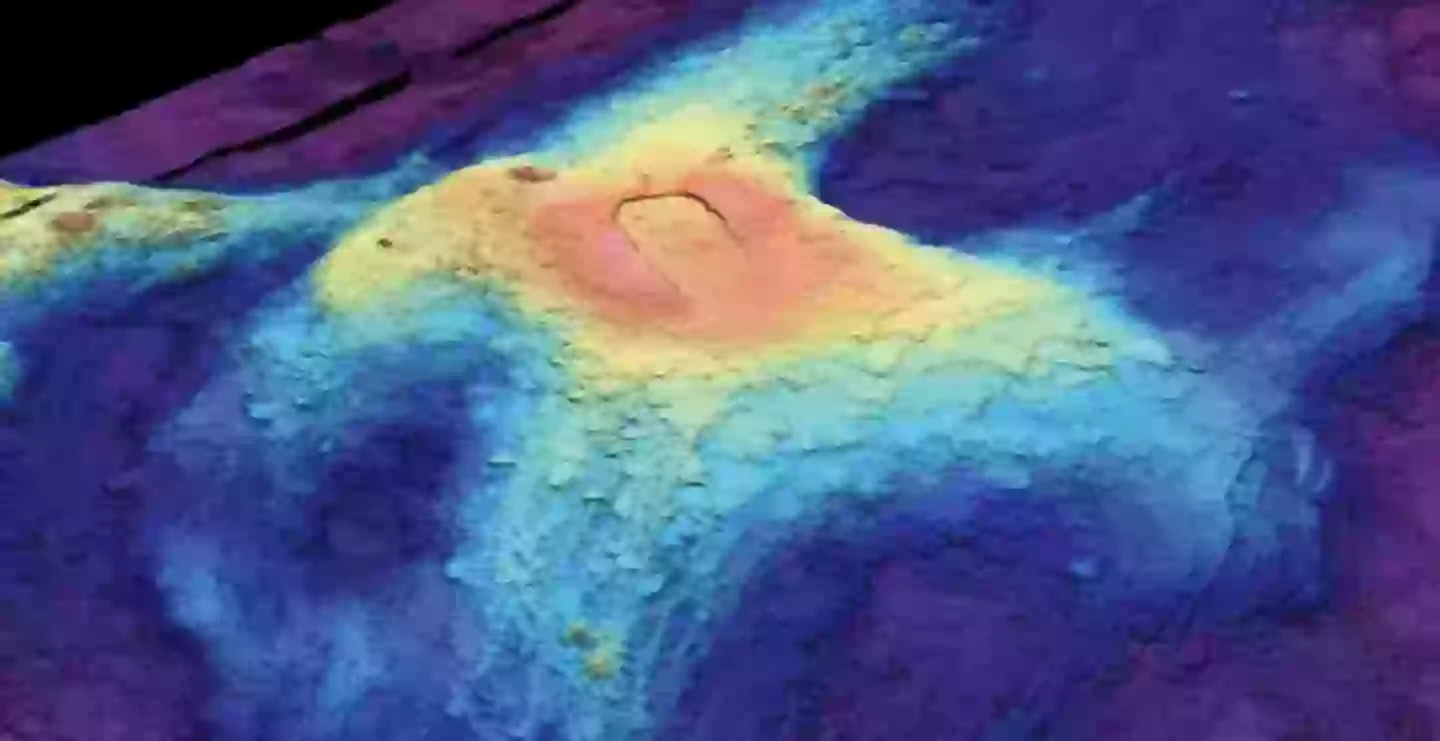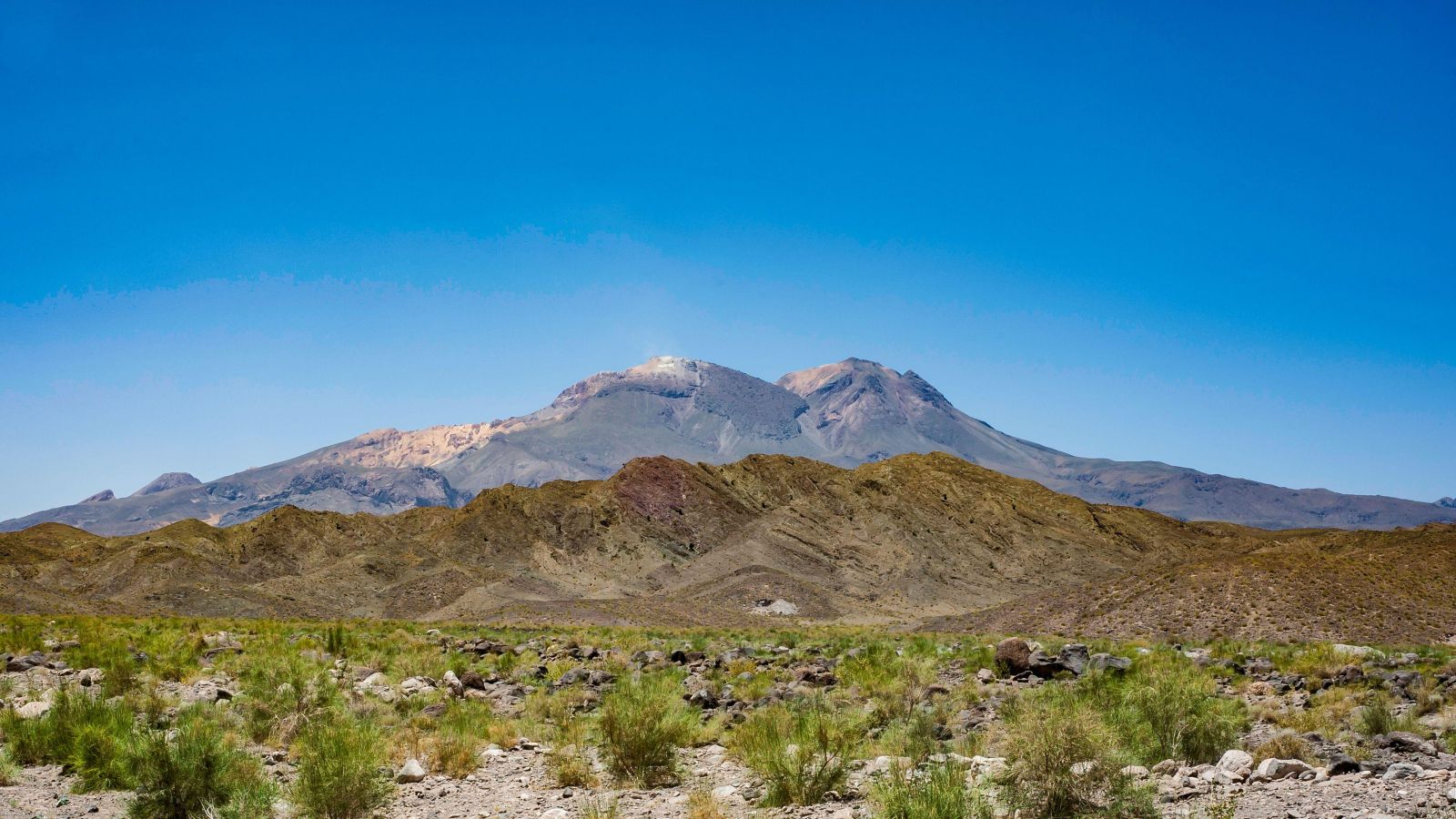Experts have warned that a massive underwater volcano is on the brink of erupting after 2,000 earthquakes were recorded in just one day.
Volcanic eruptions can be some of the most dangerous natural disasters in the world, often triggering other things such as earthquakes or even tsunamis.
Axial Seamount is the most active volcano in the Pacific Northwest and sits less than 300 miles from the US coastline, so you naturally might be a little worried to hear that it’s apparently on the brink of a huge eruption.
Fortunately, it lies one mile under the ocean, which is expected to limit its impact on human life but after previous eruptions in 2015, 2011 and 1998, this one looks set to be the biggest yet.
Oregon State University geophysicist William Chadwick said: “At the rate of inflation it’s going, I expect it to erupt by the end of the year.
“We had a spike of over 2,000 earthquakes in one day back in June, but since then the number of earthquakes per day has been averaging only around 100 per day,” Chadwick and Scott Nooner from the University of North Carolina at Wilmington revealed in a recent blog post.

The Axial Seamount is located 4,900 feet below the surface of the Pacific Ocean (Smithsonian Institute)
“Nothing seems imminent at the moment since the rate of unrest keeps wavering up and down, up and down,” the scientists added.
“Of course, we don’t really know what it will take to trigger the next eruption and exactly when that will happen.”
However, the suggestions are that it will happen in 2025, given the huge amount of seismic activity that has occurred there in recent months. And while the impact on human life might be limited, it could be devastating for any sea life in the local area.
UW School of Oceanography professor, Deborah Kelley said: “In 2011, we saw one of the venting areas become completely covered in lava flows. It wiped everything out. But what’s fascinating is that when we came back three months later, there were animals and bacteria colonising the area again. They’re surprisingly resilient ecosystems.”
Meanwhile, Chadwick added that we should always be prepared for eruptions, as the volcano is seemingly always active.

The eruption of the Axial Seamount would primarily affect surrounding marine life (Susan Merle/Oregon State University)
He added: “For a lot of volcanoes around the world, they sit around and are dormant for long periods, and then suddenly they get active. But this one is pretty active all the time, at least in the time we’ve been studying it. If it’s not erupting, it’s getting ready for the next one.”
Thankfully, the science boffins are constantly monitoring the Axial Seamount, so it won’t be a surprise when it does eventually erupt, and hopefully it doesn’t do too much damage to the ecosystems living close by.
Source link

